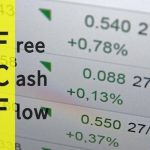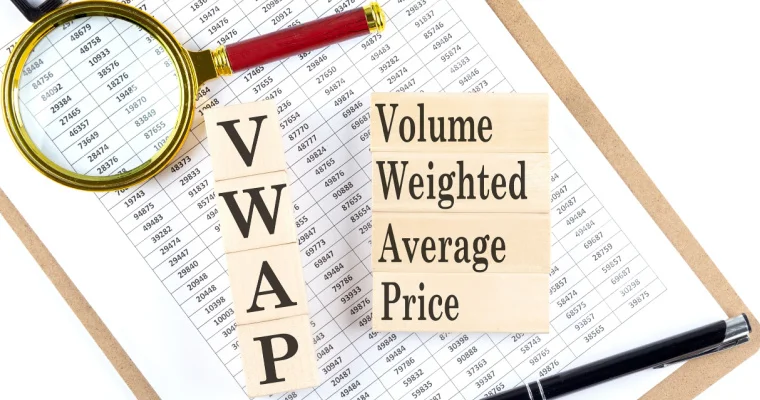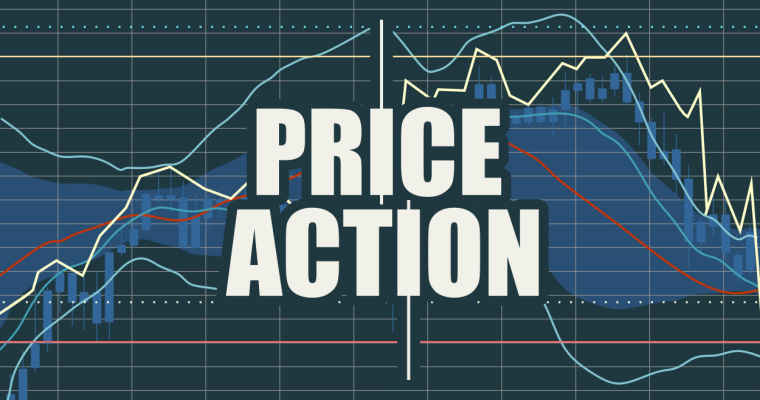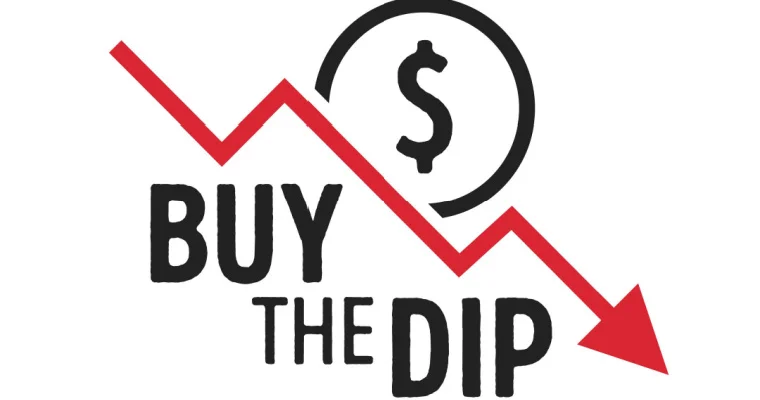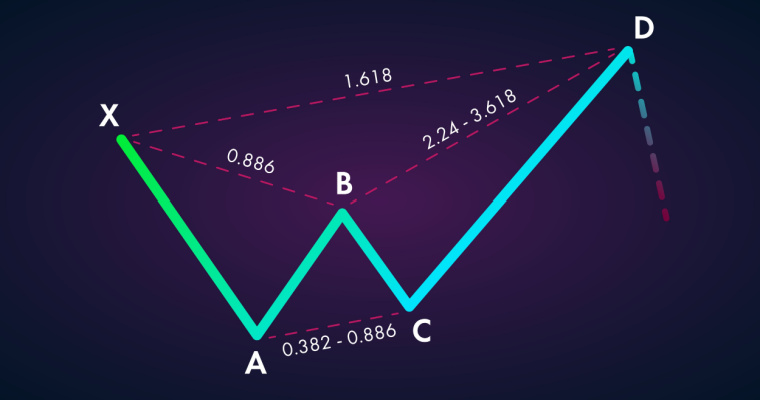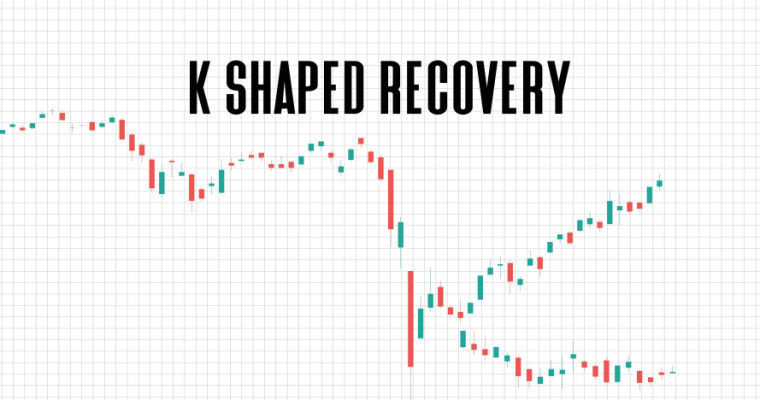What is PEG (Price/Earnings to Growth) Ratio – Its Formula And How It Helps Investors

The PEG (or P/E-to-Growth) ratio considers a company’s share price in relation to its earnings per share (EPS) and predicted revenue growth rate. By factoring in a company’s future growth and development, some analysts regard the PEG Ratio as presenting a better full assessment of a stock’s value, especially for fast-growing businesses. The PEG Ratio is a variation of the P/E ratio, which shows how much investors are prepared to pay for each $1 in business earnings. In general, a lower P/E is regarded to be preferable because it shows that the price is backed up by fundamentals as opposed to speculation.
How to Calculate the PEG Ratio
To determine the PEG, you should first compute the P/E. To achieve that, consider the share price, and divide it by the earnings per share (EPS). EPS is a fundamental technique to represent how much money or profit is earned for every share of the market.
EPS is a measure used by investors to analyse a company’s financial performance on a per-share basis. The greater the EPS, the more profitable a corporation is. In essence, EPS is computed by dividing a company’s earnings by its entire number of outstanding shares. However, there are various ways to compute EPS, including basic and diluted. The computation might also be based on historical or expected earnings.
You can check a business’s EPS, in addition to its share price, on practically any stock quote website. After determining the P/E, you divide it by the growth in earnings per share to obtain the PEG Ratio. The EPS growth rate for the objective of arriving at the PEG Ratio is a company’s expected rate of earnings growth over a time period. This is dependent on third-party analysts’ estimations.
‘1’ is used as the benchmark value to determine the valuation of a stock’s PEG.
Also, one can see multiple PEG Ratios for the same business based on how the variables for the calculation were generated. For example, if you compute the PEG Ratio of a business by using a trailing P/E ratio, it will certainly not exactly match with the one that utilises a forward P/E. The PEG Ratio formula is:
PEG Ratio = Share Price/ Earnings Per Share (EPS) / Earnings Per Share Growth Rate
What Does the PEG Ratio Tell You?
The standard number for a healthy or even outstanding PEG Ratio varies from one industry to another, but in general, an ideal PEG ratio is one that is lower than 1. When a PEG Ratio is exactly 1, the market’s anticipated stock value is in balance with what you may anticipate of its future profit growth.
When a stock has a P/E ratio of 20, and the firm anticipates its earnings to rise at 20%, it would have a PEG of 1.
In the event that the PEG exceeds one, there are two interpretations: either the market expects more growth than what the fundamental projections forecast or higher demand has led the company to be overpriced.
A ratio of less than 1 shows that stock market analysts have set their forecasts too low or suggests that the stock’s growth prospects and value has been underestimated by the market.
Hence, it gives one an indication of how highly or inexpensively valued a company is in relation to its growth potential.
Also Read
PEG Ratio Example
Assume three companies X, Y and Z with the following financials:
| Company | P/E Ratio | Expected Earnings Growth Rate | PEG Ratio |
| X Ltd. | 15 | 10% | 1.5 |
| Y Ltd. | 10 | 12.5% | 0.8 |
| Z Ltd. | 9 | 9% | 1 |
The results indicate that Company Y may be a better buy because it has a lower PEG than Company X and Company Z, and you can buy shares at a discount to its expected growth rate. Company X has a PEG of 1.5, indicating that it may be overvalued. Finally, despite having the lowest expected growth rate of the three companies, Company Z has a reasonable market value.
Another example using companies listed on the stock exchange is given as follows:
1. Bajaj Finance
- Share price = 7180.00
- EPS = 142.71
- P/E Ratio = 52.07
- EPS Growth for the Next Year = 36.41%
- PEG Ratio = 1.43
2. Muthoot Finance
- Share price = 1033.00
- EPS = 96.10
- P/E Ratio = 10.74
- EPS Growth Rate = 27.54%
- PEG Ratio = 0.39
In this case, Muthoot Finance which has a PEG Ratio below 1, could be seen as a better value than Bajaj Finance which has a PEG Ratio of more than 1.
PEG Ratio Advantages and Disadvantages
1. Advantages
There are several advantages to utilising the PEG Ratio. The main advantage is that it takes into account a company’s rate of growth, which makes it more convenient than the P/E ratio, which needs investors to conduct their own growth comparison. Additionally, unlike most other ratios, the PEG is also forward-looking, reflecting a stock’s predicted earnings rather than its past performance.
2. Disadvantages
The PEG Ratio, like any other analytical instrument, has its set of limitations. It is more useful when assessing companies with high growth rates than for analysing organisations with low growth rates. Furthermore, a company’s growth rate is reliant on forecasts, which are not always correct. For example, none of the analyst’s predictions for earnings growth in 2019 took the pandemic that destroyed the economy two years later into consideration.
The greatest risk when using the PEG Ratio to uncover cheap stocks is being overly optimistic. Take into account that growth forecasts are just estimates and aren’t guaranteed. A stock may appear to offer a great value if it is overly reliant on the promise of the future, but it is actually worthless.
A market bubble occurs when traders as a collective become overly enthusiastic. This happened in 2000 during the dot-com bubble, and it occurred again in 2008 during the housing crisis. It wasn’t long until both ‘popped’, as they say. When traders realise that their expectations are unrealistic, driving stock prices to skyrocket, those bubbles burst with dramatic stock crashes.
Furthermore, because growth rates are not always known or correct, the PEG can be more challenging to use.
Why PEG is Valuable for Investors?
PEG is a popular and simple valuation ratio. This ratio enables value investors to compare firms in the same industry with various growth rates to evaluate which investment best matches their strategy.
Aside from that, P/E ratios for fast-growing companies, such as IT startups, do not always provide the most accurate measure of their valuation. Often, the perceived value of these enterprises is based on the potential for future profits rather than the current earnings. As a result, their P/E ratios are often high. However, this does not necessarily imply that they are overpriced. Some investors believe that including a company’s growth rate in the valuation computation makes the PEG Ratio a more appropriate tool to assess valuations for such firms.
Also Read
Final word
The PEG Ratio is a smart approach to value a stock while accounting for its growth rate, and investors should be aware of how it functions. However, there are certain disadvantages to utilising the measure. It, like any other popular valuation ratio, shouldn’t be used as a one-time test to determine whether one should buy or sell a stock. It’s critical to evaluate a company’s competitive edge, addressable market and long-term growth potential.
FAQs
Ans: The Price Earnings Growth Ratio/PEG ratio meaning is the company’s share price in relation to its earnings per share (EPS) and predicted revenue growth rate. The PEG Ratio is a variation of the P/E ratio, which shows how much investors are prepared to pay for each $1 in business earnings.
Ans: You can check a business’s EPS, in addition to its share price, on practically any stock quote website. After determining the P/E, you just divide it by the growth in earnings per share to obtain the PEG Ratio. The EPS growth rate for the objective of arriving at the PEG Ratio is a company’s expected rate of earnings growth over a time period. This is dependent on third-party analysts’ estimations. In order to calculate PEG ratio:
PEG Ratio = Share Price/ Earnings Per Share (EPS) / Earnings Per Share Growth Rate
Ans: The standard number for a healthy or even outstanding PEG Ratio varies from one industry to another, but in general, a PEG lower than 1 is optimal. When a PEG Ratio is exactly 1, the market’s anticipated stock value is in balance with what you may anticipate of its future profit growth. In the event that the PEG exceeds one, there are two interpretations: either the market expects more growth than what the fundamental projections forecast or higher demand has led the company to be overpriced. Lastly, a ratio of less than 1 shows that stock market analysts have set their forecasts too low or suggests that the stock’s growth prospects and value has been underestimated by the market.
Ans: PEG is a popular and simple valuation ratio. This ratio enables value investors to compare firms in the same industry with various growth rates to evaluate which investment best matches their strategy. Investors believe that including a company’s growth rate in the valuation computation makes the PEG Ratio a more appropriate tool to assess valuations for such firms.
Want to put your savings into action and kick-start your investment journey 💸 But don’t have time to do research? Invest now with Navi Nifty 50 Index Fund, sit back, and earn from the top 50 companies.
Disclaimer: Mutual Fund investments are subject to market risks, read all scheme-related documents carefully.
This article has been prepared on the basis of internal data, publicly available information and other sources believed to be reliable. The information contained in this article is for general purposes only and not a complete disclosure of every material fact. It should not be construed as investment advice to any party. The article does not warrant the completeness or accuracy of the information and disclaims all liabilities, losses and damages arising out of the use of this information. Readers shall be fully liable/responsible for any decision taken on the basis of this article.

Customer’s Feedback
No comments found.Illiquid Stocks Guide: Definition, Examples, and its Working
Illiquid stocks are part of a long-term investment strategy that is appropriate for investors who a... Read More »What is Shooting Star Candlestick Pattern in Trading?
The shooting star candlestick pattern is considered to be a bearish reversal candlestick ... Read More »What is VWAP Indicator and How to Use it for Trading
The VWAP indicator shows the volume-weighted average market price of a particular stock. You can us... Read More »What is Price Action Trading: Its Strategy, Stop Loss and Profit Targets
Price action trading is a methodology in which the trader solely relies on analysing a security’s... Read More »What is Buy the Dip Strategy in Trading – Working and Example
‘Buy the dip’ is one of the most common phrases in the stock market. It is sort of a go-t... Read More »What is the Black Scholes Model – Formula, Calculation and Assumptions
Among the important concepts in modern financial theory, the Black Scholes model, developed in 1973... Read More »What is Iron Condor and What are its Strategies?
Iron Condor is an options trading strategy that involves four options with the same expiration date... Read More »What is Harmonic Pattern and How Does it Help in Trading?
Harmonic patterns are one of the most efficient and effective trading patterns. Although they are m... Read More »What is a Contract Note and Why is it Important?
Contract note is a legal document containing the details of every stockbroker's trade on a stock ex... Read More »What is K-shaped Recovery: Indication, Example and
Economies go through multiple phases in business cycles. One such phase is a recession which is mar... Read More »Guide to Book Building – Its Types, Benefits and Process
Initial public offerings (IPOs) are priced as specified by their underwriters. The process by which... Read More »Support and Resistance in Trading: Working, Strategies, Uses and Example
Support and resistance are two of the most significant and practical concepts in technical analysis... Read More »Top 10 Chit Fund Schemes in India in 2023
Chit funds are one of the most popular return-generating saving schemes in India. It is a financial... Read More »10 Best Gold ETFs in India to Invest in April 2023
Gold ETFs or Gold Exchange Traded Funds are passively managed funds that track the price of physica... Read More »10 Best Demat Accounts in India for Beginners in 2023
Creation of Demat accounts revolutionised the way trades were conducted at the stock exchanges. It... Read More »20 Best Index Funds to Invest in India in April 2023
What is an Index Fund? An index fund is a type of mutual fund or exchange-traded fund (ETF) that... Read More »Best Arbitrage Mutual Funds to Invest in India in April 2023
Arbitrage funds are hybrid mutual fund schemes that aim to make low-risk profits by buying and sell... Read More »10 Best SIP Plans in India to Invest in April 2023
What is SIP? SIP or Systematic Investment Plan is a method of investing a fixed amount in ... Read More »10 Best Corporate Bond Funds in India to Invest in April 2023
Corporate bond funds are debt funds that invest at least 80% of the investment corpus in companies ... Read More »10 Best Bank for Savings Account in India [Highest Interest Rate 2023]
Savings account is a type of financial instrument offered by several banks. It lets you safely depo... Read More »



